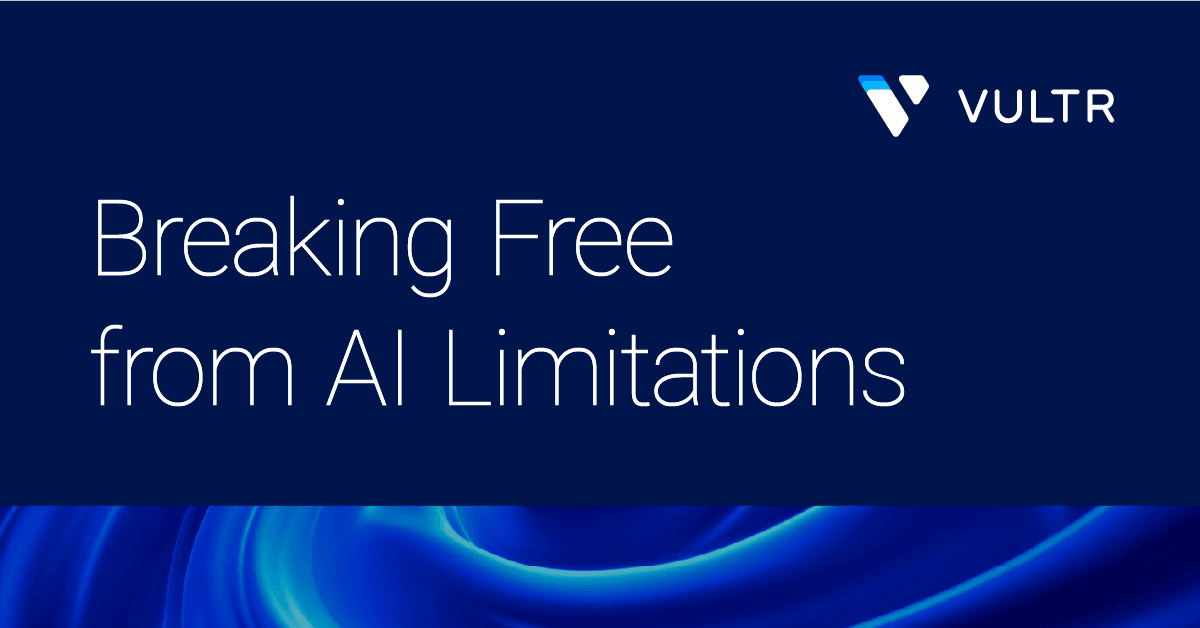"Cloud is destined to be abstracted, intelligent, and composable." – Forrester’s Lee Sustar in a July 17, 2023 blog post teeing up the research firm’s Future of Cloud report.
The future that Forrester predicted in 2023 is no longer on the horizon – it’s arrived. As AI reshapes industries at an unprecedented pace, businesses are discovering that rigid, hyperscaler-centric cloud models no longer serve their needs. The rapid adoption of AI demands a flexible, modular approach to cloud infrastructure – one that supports seamless integration of specialized AI workloads, optimized compute power, and cost efficiency.
As Lee and his fellow analysts later note in Forrester’s 2024 Rise Of The AI Cloud report, “AI workloads vary significantly, and as such, so do their infrastructure requirements.”
Discover more in our latest Emerging Trend Advisory: Composable Cloud: The Logical & Indispensable Evolution of the Modern Cloud Stack.
The shift away from hyperscaler lock-in
For years, hyperscalers were the default choice for enterprises scaling their cloud adoption. But rising costs, vendor lock-in, and limited control have made them less viable for long-term growth – particularly in the AI era when soaring compute demands could turn A16Z’s Trillion-Dollar Paradox into a Ten Trillion-Dollar dilemma.
Case in point: according to Gartner, 77% of enterprises have faced unexpected cost spikes with hyperscalers, while only 22% of IT leaders feel confident about controlling cloud spending.
This explains why, as AI-driven enterprises move from experimentation to full-scale production, only 15% plan to rely on hyperscalers exclusively¹. Instead, they’re turning to alternative cloud providers that allow them to rein in costs, regain control, and opt for new composable cloud infrastructure that aligns with workload-specific needs.
The sure path to scalable AI innovation
Composable AI-first neo-cloud architectures allow enterprises to tailor infrastructure to each workload, whether that’s high-performance AI training or inference at the edge.
By selecting best-in-class IaaS, PaaS, and SaaS solutions, enterprises can optimize performance, control costs, and scale AI dynamically without being locked into a single provider’s ecosystem.
With composable AI-first neo clouds, organizations gain:
- Silicon diversity: Optimized GPU and CPU resources for specific AI workloads
- Modularity: The ability to mix and match cloud components without dependencies
- Cost transparency: Eliminating hidden fees and unpredictable pricing
- Flexibility: AI infrastructure that scales dynamically as workloads evolve
Why composable AI cloud matters now
AI isn’t slowing down, and neither are its challenges. 2025 will bring new regulations, rising global AI competition, and increased demand for real-time AI applications.
The companies that will lead the AI era aren’t the ones locked into outdated cloud models. They’re the ones embracing composable cloud architectures today to gain the freedom to scale, optimize, and innovate without limits.
Discover how composable cloud is reshaping AI infrastructure and empowering the next generation of AI leaders. Download our latest Emerging Trend Advisory: Composable Cloud: The Logical & Indispensable Evolution of the Modern Cloud Stack.

